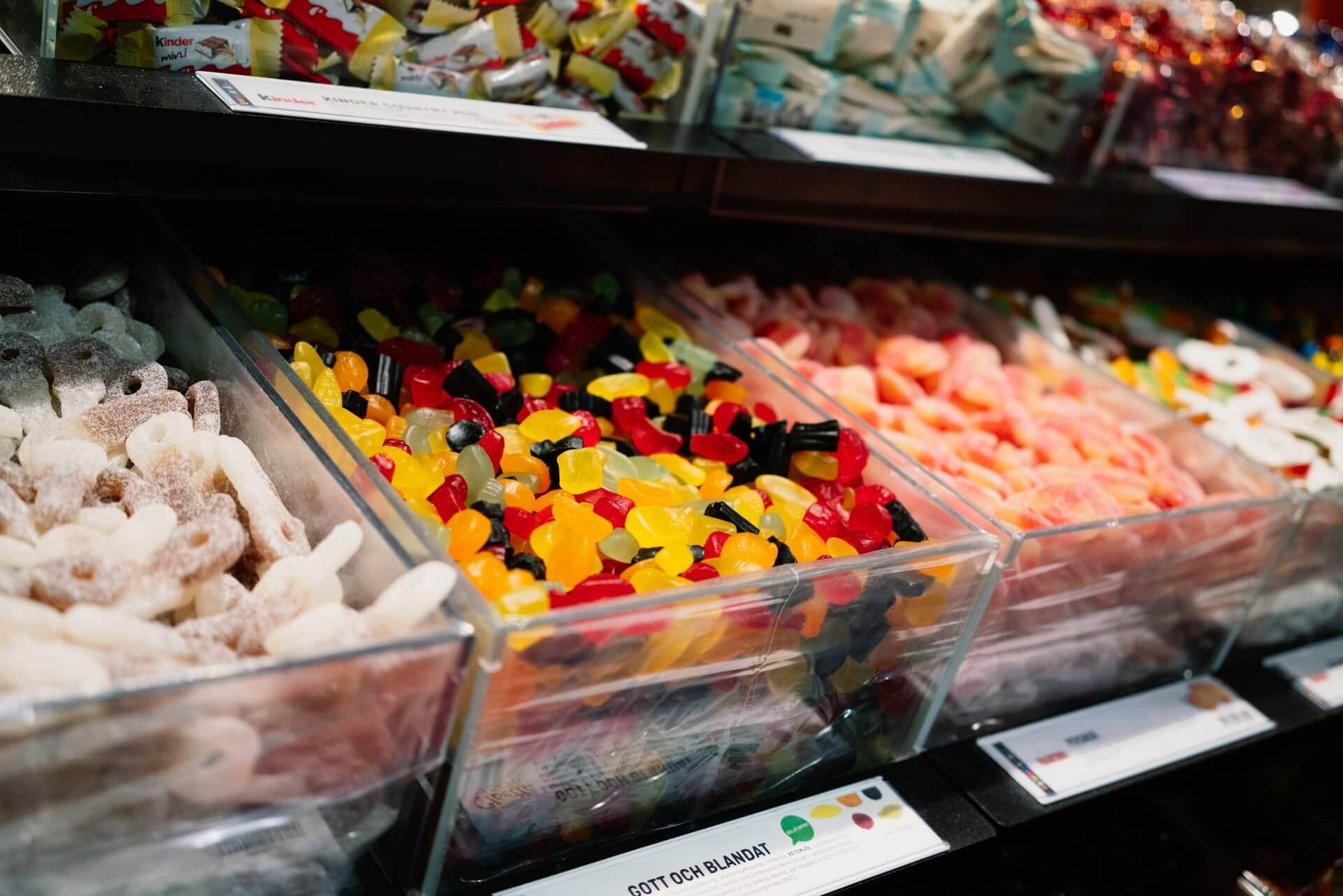The 7-Minute Rule for I Luv Candi
The 7-Minute Rule for I Luv Candi
Blog Article
The Only Guide to I Luv Candi
Table of ContentsThe Ultimate Guide To I Luv CandiFascination About I Luv CandiThe Only Guide to I Luv CandiI Luv Candi for DummiesSee This Report about I Luv Candi
You can additionally approximate your own income by using different assumptions with our financial strategy for a sweet-shop. Average month-to-month income: $2,000 This kind of sweet-shop is usually a small, family-run service, perhaps known to residents but not attracting lots of vacationers or passersby. The store could provide an option of usual sweets and a couple of homemade deals with.
The shop does not typically bring uncommon or expensive things, focusing rather on affordable treats in order to preserve regular sales. Presuming an ordinary spending of $5 per consumer and around 400 customers per month, the regular monthly earnings for this sweet shop would be about. Typical monthly profits: $20,000 This sweet-shop gain from its critical area in an active urban area, drawing in a lot of customers trying to find pleasant extravagances as they shop.

In enhancement to its varied sweet selection, this store may additionally offer related products like present baskets, candy arrangements, and novelty items, giving multiple profits streams. The shop's place calls for a greater budget plan for rental fee and staffing but leads to greater sales quantity. With an approximated average spending of $10 per consumer and about 2,000 clients monthly, this shop might create.
Excitement About I Luv Candi
Found in a major city and visitor location, it's a huge establishment, usually topped numerous floors and potentially part of a nationwide or worldwide chain. The store provides an immense variety of candies, including unique and limited-edition products, and merchandise like branded apparel and devices. It's not simply a shop; it's a destination.
The functional costs for this kind of store are considerable due to the area, size, staff, and includes offered. Thinking an average acquisition of $20 per consumer and around 2,500 clients per month, this flagship shop might attain.
Category Instances of Expenditures Average Regular Monthly Cost (Range in $) Tips to Lower Expenditures Rent and Utilities Shop lease, electrical energy, water, gas $1,500 - $3,500 Consider a smaller place, work out lease, and make use of energy-efficient illumination and devices. Stock Sweet, treats, product packaging materials $2,000 - $5,000 Optimize stock management to lower waste and track preferred products to prevent overstocking.
Not known Facts About I Luv Candi
Advertising And Marketing Printed products, on the internet advertisements, promos $500 - $1,500 Concentrate on cost-effective digital marketing and utilize social media sites platforms for cost-free promo. Insurance policy Business obligation insurance policy $100 - $300 Shop around for competitive insurance prices and think about bundling policies. Tools and Upkeep Sales register, display racks, fixings $200 - $600 Buy previously owned tools when feasible and execute normal maintenance to prolong tools lifespan.

This implies that the candy shop has reached a factor where it covers all its fixed expenditures and begins generating income, we call it the breakeven point. Consider an instance of a sweet shop where the regular monthly set prices normally amount to around $10,000. A rough price quote for the breakeven point of a sweet-shop, would after that be around (considering that it's the complete set cost to cover), or offering between with a cost range of $2 to $3.33 per unit.
What Does I Luv Candi Mean?
A large, well-located sweet-shop would clearly have a greater breakeven point than a tiny shop that doesn't need much earnings to cover their expenditures. Curious about the profitability of your candy store? Try our straightforward economic strategy crafted for candy shops. Just input your very own presumptions, and it will certainly assist you calculate the quantity you require to make in order to run a rewarding service - chocolate shop sunshine coast.
Another threat is competitors from various other sweet-shop or larger merchants that could provide a wider variety of items at reduced rates (http://dugoutmugs01.unblog.fr/2024/03/28/i-luv-candi-your-sweet-paradise-on-the-sunshine-coast/). Seasonal fluctuations in need, like a decrease in sales after holidays, can also influence profitability. Furthermore, altering customer choices for healthier treats or nutritional limitations can decrease the appeal of standard sweets
Financial downturns that decrease customer investing can affect candy store sales and earnings, making it important for candy stores to manage their expenditures and adjust to changing market conditions to stay lucrative. These threats are commonly included in the SWOT evaluation for a candy store. Gross margins and net margins are crucial indications made use of to gauge the earnings of a my sources sweet-shop service.
All about I Luv Candi
Basically, it's the profit continuing to be after deducting prices straight pertaining to the sweet inventory, such as acquisition costs from providers, manufacturing costs (if the candies are homemade), and personnel salaries for those involved in production or sales. https://businesslistingplus.com/profile/iluvcandiau/. Internet margin, on the other hand, consider all the expenses the sweet-shop sustains, consisting of indirect prices like administrative expenditures, marketing, rent, and taxes
Candy shops usually have an average gross margin.For instance, if your candy shop gains $15,000 per month, your gross earnings would be roughly 60% x $15,000 = $9,000. Think about a candy store that sold 1,000 candy bars, with each bar valued at $2, making the total profits $2,000.
Report this page